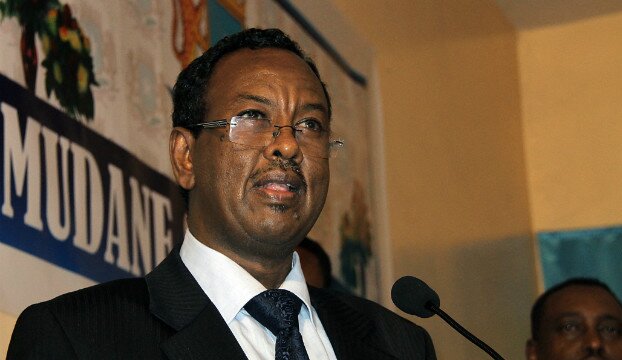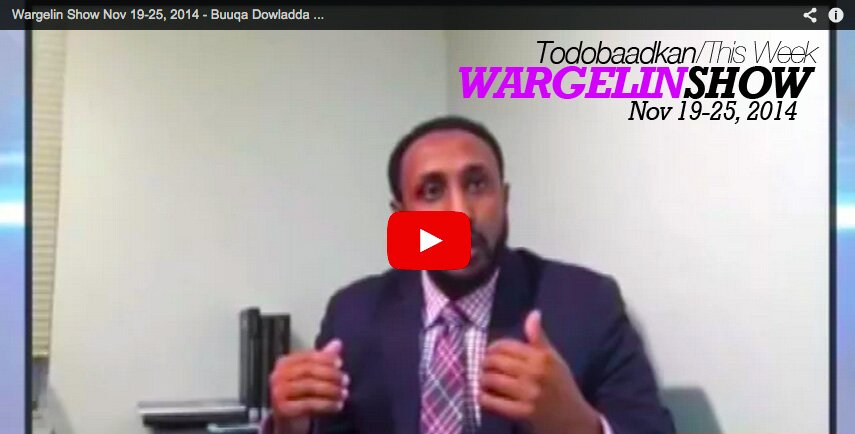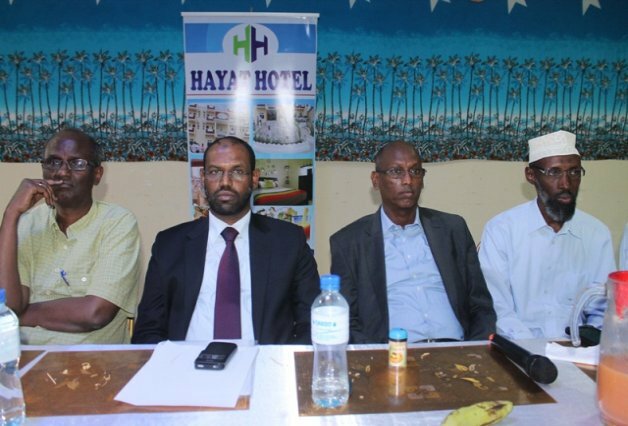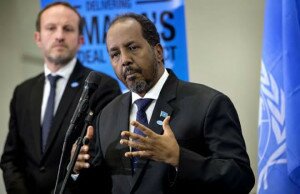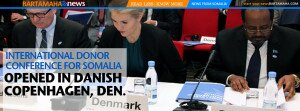Somalia’s new government – It mustn’t be business as usual
 It is vital that the new government controls the country’s ports and trade
It is vital that the new government controls the country’s ports and trade
A SOOTY new shadow has been cast over Somalia’s port city of Kismayo since the militias of the violent Islamist movement, the Shabab, were chased out two months ago. Piled up all over the quay and at the entrances to the city, which is the economic hub of southern Somalia, are dark towers of sacks that locals are calling “skyscrapers of charcoal”.
For the past seven months the UN has banned the export of the black stuff. Its trade was an economic mainstay of the Shabab when it controlled Kismayo, earning as much as $50m a year in the taxes levied by the militia, according to the UN. The charcoal business has in any case devastated Somalia’s mangrove forests. During the embargo, the kilns kept burning and a vast stockpile was amassed. Since the end of September, when Kenyan forces under the banner of the African Union Mission in Somalia (Amisom) took control of the city, local pressure to lift the ban has grown.
The question of what to do with the charcoal, perhaps worth $40m, could affect the fate of Somalia’s new government. Somali businessmen, who want to load the sacks onto waiting ships and sell them in the Gulf states, argue that “you can’t turn charcoal back into trees”. Others say the traders will turn back to Shabab if they cannot sell their wares. Indeed, quite a few of them still support the Islamists anyway.
Somalia’s new president, Hassan Sheikh Mohamud, a civil-rights man whose election has prompted hopeful talk of a “Somali spring”, is trying to stop the export. He wants time to put in place and bolster new port authorities to channel revenues back to the central bank that was emptied by the outgone corrupt regime. If the new man cannot extend his writ to Somalia’s second city and his opponents get fresh funds, his government will lose authority almost before its reign has begun.
With a coastline of 2,500km (1,553 miles) enwrapping the Horn of Africa, any effective Somali government needs to control its ports, which served as entry points for the weapons and contraband that sustained both the warlords and the Shabab. Under their rule, Kismayo traders bought sugar, which was smuggled into northern Kenya, and sold charcoal. But this lucrative contraband trade was shut down by an international blockade of the port during the battle with the Shabab.
Influential Kenyans now want to reopen it. Kenya’s intervention in Somalia has been fostered by two prominent ethnic-Somali Kenyans, Farah Maalim Mohamed, now deputy speaker of Kenya’s parliament, and Mohamed Yusuf Haji, Kenya’s defence minister. Their allies in Somalia’s Ogadeni clan ran the Ras Kamboni militia that played a big part in pushing out the Shabab. The militia’s leader, Ahmed Mohamed Islaan (known as “Madobe”), now expects his pay-off with charcoal, cash and control of a new semi-autonomous state to be called Jubaland. “Promises have been made,” says a diplomat in Kenya’s capital, Nairobi. A dozen ships laden with charcoal have already sailed, according to sources in Kismayo’s port.
At present the port is run by a chaotic security committee on which Kenyans, Ethiopians and several competing Somali clan factions all joust. A presidential delegation from Mogadishu, Somalia’s capital, up the coast from Kismayo, was turned away when it tried to visit. At a recent meeting of the UN Security Council, Kenya, along with other governments from the region, argued in vain for the arms and charcoal embargoes to be lifted.
The two main taps that have fed corruption in Somalia have been smuggling and foreign aid. For the first time in many years an administration in Mogadishu seems willing to let foreign donors have a measure of joint control over spending. The new government also wants America and Britain, which have paid for much of Amisom’s war on the Shabab, to use their influence to restrain the charcoal-trading Kenyans. “If they’re going to allow it all to go back to business as usual,” says a member of Somalia’s fragile new government, “what have they done all this for?”
Source: Economist
Comments
comments
 Calendar
Calendar





